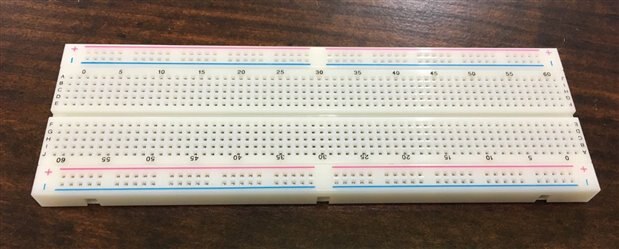I run workshops to teach STEM basics, sometimes to adults, often to children. Soldering is not always an option, so I've been trying to come up with simple projects to build on a breadboard with fairly inexpensive parts, to show how to make a circuit that does something visually obvious, such as turn on a motor or lights. The groups that organize these workshops frequently have very low budgets to where they couldn't afford enough Arduino or Raspberry Pis or the like for the entire group. I'm frequently given a $50-100 budget for anywhere between 6 and 30 individuals. What fun projects could be built on breadboards that are simple enough for a child to be able to understand? I've found that the best received projects are ones with a result that is the kids can see; a light turns on, a motor spins, etc.
One of the goals of these projects would be reusing the parts for other projects or with another group, so nothing with the project should be destructive.
What simple circuits helped you to learn electronics?

